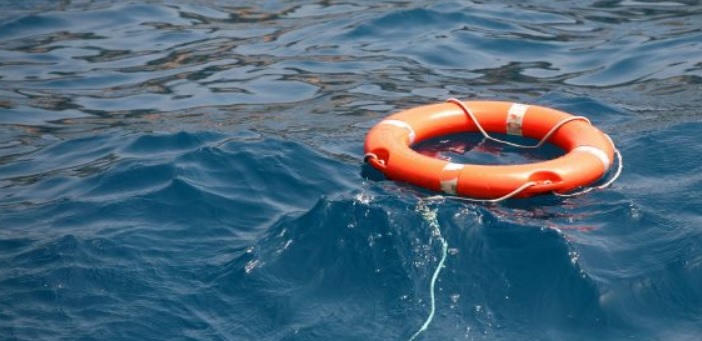The US Coast Guard Office of Investigations and Casualty Analysis has released a new Safety Alert to address issues that may reduce the effectiveness of a radar Search and Rescue Transponder (SART) during an emergency.
During a recent marine incident, a survivor was drifting in the water and holding an activated 9 GHz (X-band radar) SART, but the individual was not detected by some of the responding vessels, including Good Samaritans and Coast Guard vessels.
The survivor saw four vessels pass close by as he held the SART above water and shouted for help, but none of the vessels’ crews saw him. In spite of this and the tropical storm-like conditions, the survivor was finally rescued after remaining in the water for three hours.
After the incident, the National Transportation Safety Board (NTSB) tested the survivor’s SART, in cooperation with the Coast Guard, the vessel’s owner, and the SART manufacturer.
The testing revealed that the SART was in good condition and was operating in accordance with the international and domestic requirements for a 9 GHz SART.
Later, the post-incident testing revealed the X-band radar settings that are optimal for navigation might actually prevent the SART signature from displaying on a vessel’s radar screen.
The gain, sea clutter, rain clutter, tuning, and range on X-band radars are commonly operated in “Auto” mode, but this mode was found to drastically reduce, or completely eliminate, the ability of the receiving radar to display a SART’s dots or circular lines.
Additionally, the orientation of the SART antenna and the height of the SART above the water both affect the ability of an X-band radar to detect a SART.
The SART is designed to free-float or to be mounted on a pole in a life raft or on a survival craft. The narrow end of a SART is the antenna, but the narrow end is also the only suitable location for a person in distress to firmly hold a SART.
If a person in the water holds a SART by its antenna, the SART’s ability to transmit and receive signals from an X-band radar will be reduced.
When a SART is used with a liferaft or lifeboat, there is an opportunity to mount the SART high in the survival craft on its pole or in a pocket. This height above the water will improve the device’s ability to transmit and receive signals, while also providing a much better target than a SART floating in the water.
The US Coast Guard strongly recommends that vessel owners, operators, and crewmembers:
- Incorporate the above information into their SART training and testing, in order to better prepare to use or detect a SART during an emergency.
- Ensure that all safety equipment is maintained in accordance with the SART owner’s manual. As with all safety equipment onboard a vessel, the usefulness and the effectiveness of a SART is dependent on several factors, including proper maintenance, testing, training, and operating procedures. The primary source for maintenance, testing, and operating procedures is the SART owner’s manual.

































































